The American coot may swim like a duck, dive like a duck, and look like a duck but it isn’t a duck. As much as coots resemble ducks they are not a duck. Instead, the gray to black birds with white bills are more closely related to the gangly sandhill crane.
Coots often intermingle with waterfowl which lends one to think they are a duck. However, their small head, scrawny legs and lobed feet reveal they aren’t a duck. Unlike the webbed feet of ducks, coots have broad lobes of skin between their long toes that help them kick through the water and support their weight on mucky ground.
Once on land, coots look more chicken-like than duck-like with their walking versus waddling. Coots are better walkers than ducks but are less adapted to flying than ducks. Due to their short, rounded wings, coots require a long take-off run to become airborne and once flying they are considered clumsy fliers.
While swimming, coots look like small ducks since they are about two-thirds the size of a mallard. Coots forage for their own food but will also steal food from others. Coots will take leftover food from dabbling ducks or steal plants brought to the surface by diving ducks, such as canvasbacks.
Coots mainly eat aquatic plants such as algae, duckweed, water lilies, cattails, sedges, grasses, water milfoil and some terrestrial plants and grains. They aren’t strictly vegetarian though, they also eat insects, beetles, dragonflies, snails, salamanders, tadpoles and freshwater invertebrates.
As slow and meticulous foragers, coots pluck plants while walking, swimming on open water, dabbling at the surface or during a dive. They bob their head to help judge the distance to prey or plants on land or water. They bob their head quickly when foraging for insects and slowly when eating grasses.
Even though coots may eat some of the same foods as ducks they eat it differently because the bill of a coot is different than the bill of a duck. A duck’s bill has sieve-like lamellae on the edges to aid in filter-feeding whereas the coot’s bill is plain. A coot just grabs prey and swallows it.
A highly variable diet allows the coot to thrive in a wide variety of conditions. The coot lives throughout most of North America except in the far north and eastern Canada. They can be found in city parks, marshes, reservoirs, lakes, roadside ditches, saltwater inlets and marshes, or anywhere there is emergent aquatic vegetation with some water depth.
Like most ducks, coots are migratory birds. Coots are summer residents of North Idaho and summer residents in most of central North America and the northern reaches of their range.
Come fall, coots will migrate at night to areas with available aquatic vegetation. At plentiful foraging locations, coots will gather with waterfowl to form rafts numbering into the several thousands.
No matter how much coots look like ducks, act like ducks and associate with ducks, they aren’t ducks.

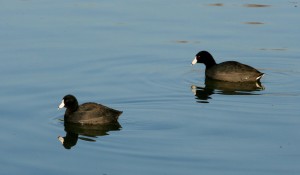
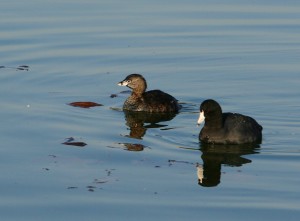
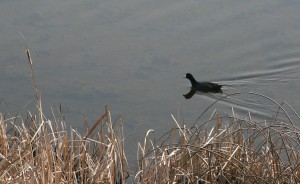
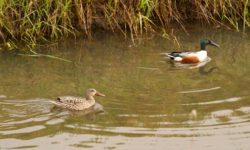
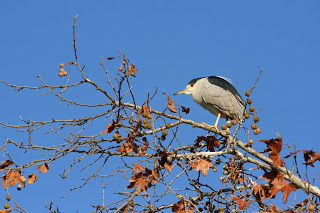
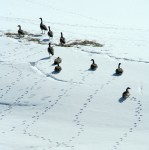
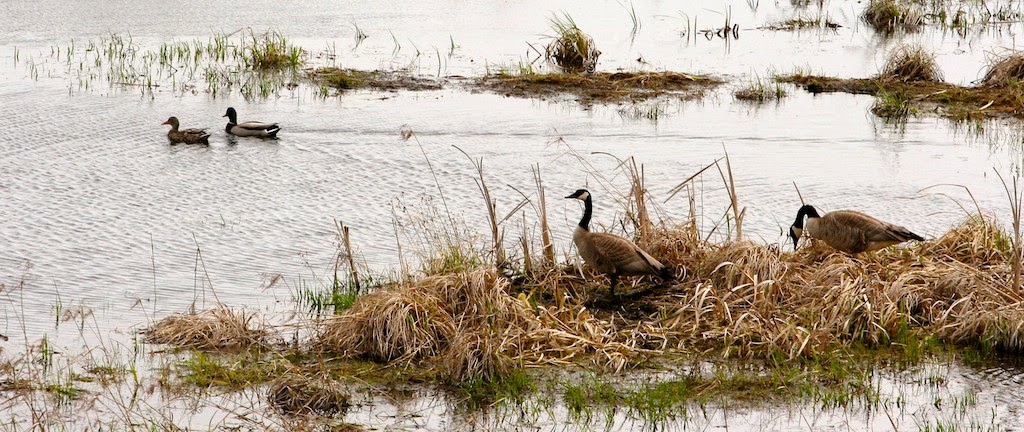
Helpful information. Lucky me I discovered your site unintentionally, and I am surprised why this coincidence did not took place in advance! I bookmarked it.